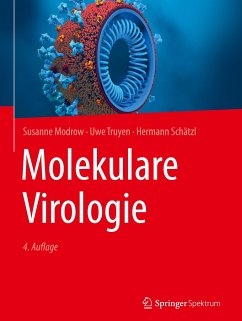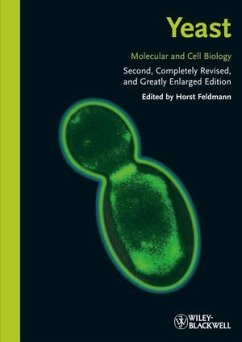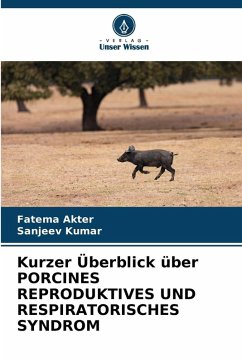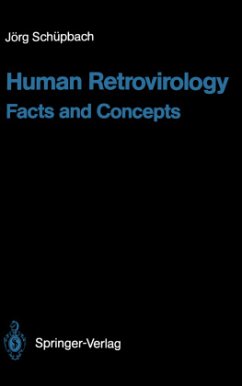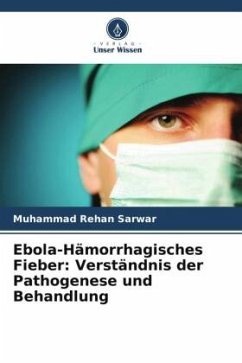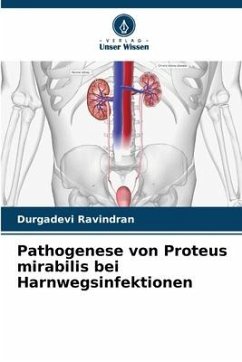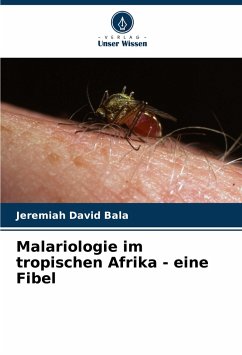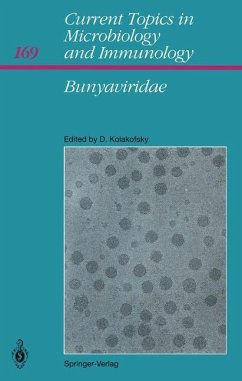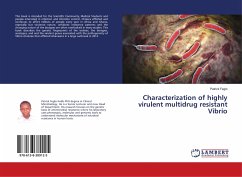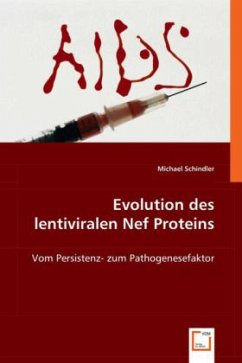
Detection of Highly Dangerous Pathogens
Microarray Methods for BSL 3 and BSL 4 Agents
Herausgegeben: Kostic, Tanja; Butaye, Patrick; Schrenzel, Jacques

PAYBACK Punkte
23 °P sammeln!
A comprehensive and up-to-date overview of microarray detection methods for highly dangerous BSL3 and BSL4 agents, this is a must-have for all laboratories working with these pathogens as well as public health agencies focused on bioterrorism.
Written by leading experts in the field as part of an interdisciplinary pan-European research program funded by the EU, the results provided in this booklet provide a unique and comprehensive overview of how microarray technology can be used in safely tracking the most highly dangerous pathogens. A must-have for public health agencies focused on bioterrorism as well as all laboratories working with BSL3 and/or BSL 4 agents.




